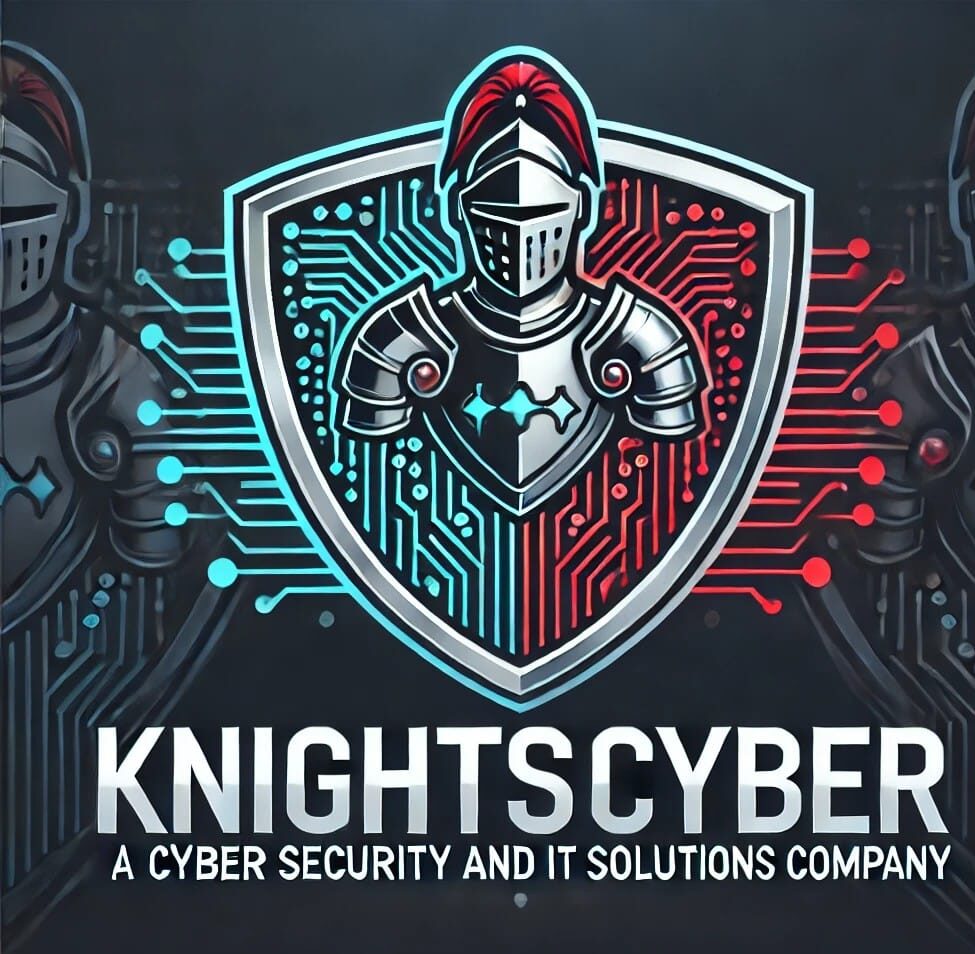CISOs Invest in AI Automation and Zero Trust for Cybersecurity Advancement
CyberSecurity
CISOs Invest in AI Automation and Zero Trust for Cybersecurity Advancement
In an era where cyber threats are increasingly sophisticated and pervasive, Chief Information Security Officers (CISOs) are pivoting their strategies towards innovative technologies to safeguard their organizations. Among these technologies, AI automation and Zero Trust frameworks have emerged as pivotal elements in building an impregnable security posture. This blog post delves into the reasons why CISOs are heavily investing in these technologies and how they complement each other to bolster cybersecurity.
The Evolving Cybersecurity Landscape
As digital transformation accelerates across industries, the attack surface for cybercriminals expands. Traditional security measures often fall short when confronting today’s highly adaptive threats, necessitating a paradigm shift in how organizations approach cybersecurity. Modern threats demand proactive and dynamic defense mechanisms, prompting CISOs to explore advanced technologies like AI and Zero Trust as essential components of comprehensive security strategies.
Why AI Automation is Crucial
Artificial Intelligence (AI) offers extraordinary capabilities in enhancing cybersecurity efforts. With an ability to process and analyze massive amounts of data at speeds far beyond human capacity, AI is integral to developing rapidly adaptive security measures.
- Real-time Threat Detection: AI systems can swiftly identify anomalies and potential threats by analyzing patterns across vast data sets in real-time. This capability allows organizations to detect and neutralize threats before any damage occurs.
- Reduced Human Error: Automating routine cybersecurity tasks minimizes the risk of human error, ensuring higher precision in threat detection and response processes.
- Enhanced Efficiency: AI algorithms handle repetitive tasks, allowing human teams to focus on strategic planning and threat analysis.
Given these advantages, it’s clear why CISOs are leveraging AI to bolster their cybersecurity frameworks.
Embracing the Zero Trust Model
The Zero Trust security model is gaining popularity due to its effectiveness in mitigating insider threats and unauthorized access. Unlike traditional security models, which operate on the assumption that everything within the network is safe, Zero Trust verifies every request as though it originates from an open network, thus providing robust protection against both internal and external threats.
- Continuous Verification: Zero Trust mandates continuous verification of users and devices, ensuring that no one can access critical areas without authentication every time.
- Micro-Segmentation: By dividing networks into smaller, isolated segments, the Zero Trust model limits the lateral movement of threats within the network.
- Least Privilege Access: Zero Trust operates on the principle of least privilege, granting users the minimum level of access necessary for their work, thereby reducing vulnerabilities.
Implementing Zero Trust frameworks allows organizations to tighten their security controls and reduce the chances of data breaches.
The Synergy Between AI and Zero Trust
Combining AI and Zero Trust strategies creates a powerful synergy that significantly strengthens an organization’s cybersecurity posture. AI enhances the capabilities of a Zero Trust architecture by providing advanced data analytics and automated processes, which streamline the continuous verification required in a Zero Trust setting.
- Automating Verification: AI can automate the verification processes of Zero Trust, reducing the time and resources required to maintain rigorous security checks.
- Predictive Analytics: AI’s predictive capabilities enable organizations to foresee potential breaches and enforce protective measures proactively.
- Context-Aware Security: AI analyzes behavior patterns and contextual data to enhance the decision-making process in Zero Trust security protocols.
Together, AI and Zero Trust not only improve security measures but also optimize resource use, showcasing a compelling business case for investment.
Investment Trends and Challenges
An increasing number of CISOs are prioritizing their budgets to accommodate AI and Zero Trust initiatives. However, integrating these technologies is not without challenges.
- Cost: While the initial investment can be significant, the long-term benefits of reduced risk and improved efficiency often justify the expense.
- Integration Complexity: Implementing AI and Zero Trust requires carefully strategized integration into existing systems to avoid operational disruptions.
- Skill Gaps: There is still a demand for skilled professionals who understand how to implement and manage these advanced technologies effectively.
Despite these challenges, the potential for enhanced security and efficiency continues to drive investment in AI and Zero Trust frameworks.
Conclusion
As cyber threats become more advanced, CISOs must evolve their strategies to protect their organizations effectively. AI automation and Zero Trust provide innovative, reliable, and efficient solutions that are well-suited to meet the demands of modern cybersecurity landscapes. By investing heavily in these technologies, CISOs can ensure that their organizations remain resilient against both current and future threats, safeguarding their sensitive data and maintaining business continuity.
With ongoing advancements in AI and the growing adoption of Zero Trust principles, the future of cybersecurity looks promising for organizations ready to embrace these transformative technologies.
